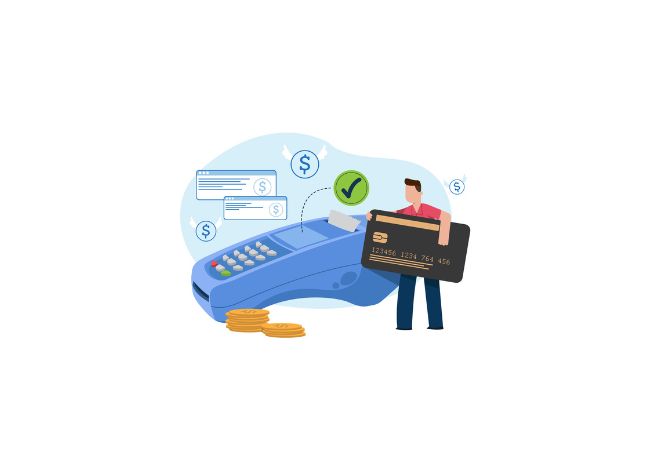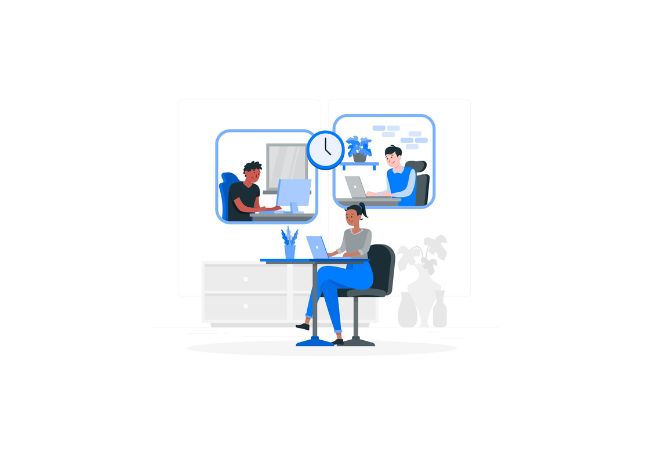Payment skimming is a type of cyberattack where criminals steal credit or debit card details during a transaction, often without the victim realizing it. This fraudulent activity can occur at physical point-of-sale (POS) systems, ATMs, and even online payment gateways. Cybercriminals use skimming devices or malicious scripts to capture sensitive cardholder data, which they later use for unauthorized purchases or sell on the dark web.
Alternative Names for Payment Skimming
Payment skimming is known by various names, including:
Card skimming
POS skimming
E-skimming (for online transactions)
ATM skimming
Magecart attacks (a well-known group of cybercriminals using web skimming tactics)
Secure your business with expert cybersecurity solutions—learn more!
How Does Payment Card Skimming Work?
Criminals use different techniques to skim payment information, depending on whether the transaction is in-person or online:
Physical Skimming: Fraudsters install tiny devices on ATMs, gas station pumps, or POS terminals. These devices secretly record card data when users swipe their cards.
Digital Skimming (E-skimming): Hackers inject malicious code into an e-commerce website’s checkout page. When users enter their payment details, the malware captures the information and transmits it to the attackers.
Understanding Skimming in Banking
In the banking sector, skimming is a major concern because it directly affects customer trust and financial security. Skimming attacks can lead to:
Unauthorized transactions
Identity theft
Bank fraud
Massive financial losses for both customers and institutions
Financial institutions continuously enhance security measures, such as chip-based cards, tokenization, and multi-factor authentication (MFA), to counteract skimming threats.
How Easily Can Criminals Inject Payment Skimming Malware into Websites?
Cybercriminals take advantage of security flaws in online payment systems to introduce malicious scripts that steal payment data. Here’s how they typically do it:
Exploiting third-party scripts: Attackers compromise third-party services used in payment gateways, such as analytics or chatbots, to inject malicious JavaScript.
Phishing attacks: Employees may unknowingly grant access to hackers by clicking on malicious links.
Weak website security: Poorly secured e-commerce platforms with outdated plugins or software make it easy for hackers to install malware.
Protect your payments with Bornsec—your trusted cybersecurity partner!
What Data is Stolen in Payment Skimming Attacks?
During a skimming attack, the stolen data may include:
Cardholder’s name
Card number
Expiry date
CVV code
Billing address
Contact details (email, phone number)
With this information, criminals can create cloned cards, make fraudulent purchases, or sell the data on illegal marketplaces.
Signs That Your Credit Card Information is Being Stolen
Detecting payment skimming is challenging, but some warning signs include:
Unexpected transactions: Small unauthorized charges can be a test before a bigger fraud attempt.
Multiple declined transactions: If your card is suddenly declined for no reason, it might have been compromised.
Altered checkout pages: If an online payment page looks different or asks for extra details, it could be infected.
Tampered card readers: Loose, misaligned, or suspicious-looking card readers may have skimming devices attached.
Who are the Primary Targets of Payment Skimming?
While anyone can be a victim of skimming, certain groups are more vulnerable:
E-commerce businesses: Online retailers with weak security are prime targets for web skimmers.
Retail stores and gas stations: Physical skimming devices are commonly placed on fuel pumps and POS terminals.
Bank customers: ATMs in busy areas are hotspots for card skimming devices.
Tourists: Travelers often use unfamiliar ATMs and POS systems, making them easy targets.
The Impact of a Payment Skimming Attack
Payment skimming has severe consequences for both consumers and businesses, including:
Financial losses: Customers may lose money through fraudulent transactions, while businesses face chargebacks and fines.
Reputation damage: A business that experiences a skimming breach may lose customer trust and suffer long-term brand damage.
Legal penalties: Companies failing to meet PCI DSS compliance (Payment Card Industry Data Security Standard) may face legal action and heavy fines.
Data breaches: A successful skimming attack may lead to widespread data leaks, affecting thousands of customers.
How Businesses Can Defend Against Payment Skimming
To protect against skimming attacks, businesses should:
Regularly inspect POS terminals: Look for signs of tampering and install anti-skimming technology.
Enhance website security: Use firewalls, SSL certificates, and secure payment gateways to prevent digital skimming.
Keep software updated: Ensure all systems and plugins are updated to patch vulnerabilities.
Implement MFA and tokenization: Extra layers of authentication and secure payment tokens can reduce fraud risk.
Conduct security audits: Regular penetration testing and vulnerability assessments help identify weak points.
Educate employees and customers: Awareness training helps recognize threats and avoid phishing scams.
Different Types of Skimming Techniques
ATM Skimming: A physical skimming device is attached to an ATM to capture card details and PINs.
POS Skimming: Fraudsters install skimmers on retail store card readers to steal card data.
Fuel Pump Skimming: Gas station pumps are a common target for skimming devices.
E-skimming: Malware is injected into e-commerce checkout pages to steal payment data.
Bluetooth/Wireless Skimming: Some skimmers transmit stolen data via Bluetooth, allowing criminals to collect it remotely.
Best Practices to Prevent Card Skimming
For individuals looking to safeguard their payment data, follow these tips:
Use contactless or mobile payments: Apple Pay, Google Pay, and other mobile wallets are more secure than swiping or inserting cards.
Inspect card readers before using: If a machine looks suspicious, avoid using it.
Monitor bank statements: Regularly check your transaction history for unauthorized charges.
Enable transaction alerts: Set up SMS or email alerts for all transactions to detect fraud early.
Avoid public Wi-Fi for payments: Hackers can intercept payment details on unsecured networks.
Use virtual cards for online shopping: Many banks offer disposable card numbers to prevent data theft.
Final Thoughts
Payment skimming is a growing cyber threat that affects businesses and consumers alike. As criminals continue to evolve their tactics, staying vigilant and adopting strong security measures is crucial. By implementing proactive defenses, regularly monitoring transactions, and educating employees and customers, businesses and individuals can significantly reduce the risk of skimming attacks.
Explore trusted external resources to stay ahead of payment skimming threats.
Stay safe, stay secure, and protect your payments from prying eyes!




